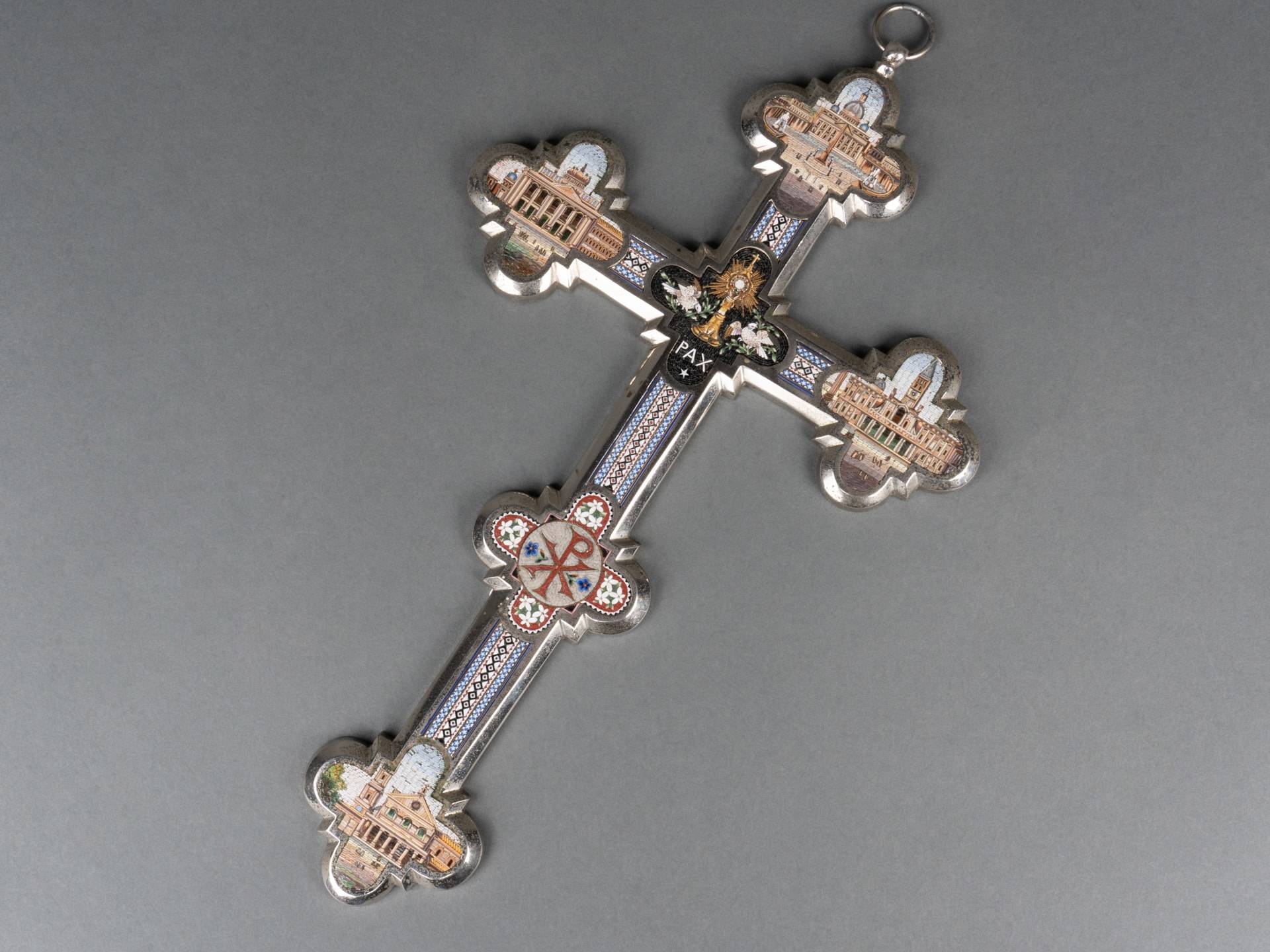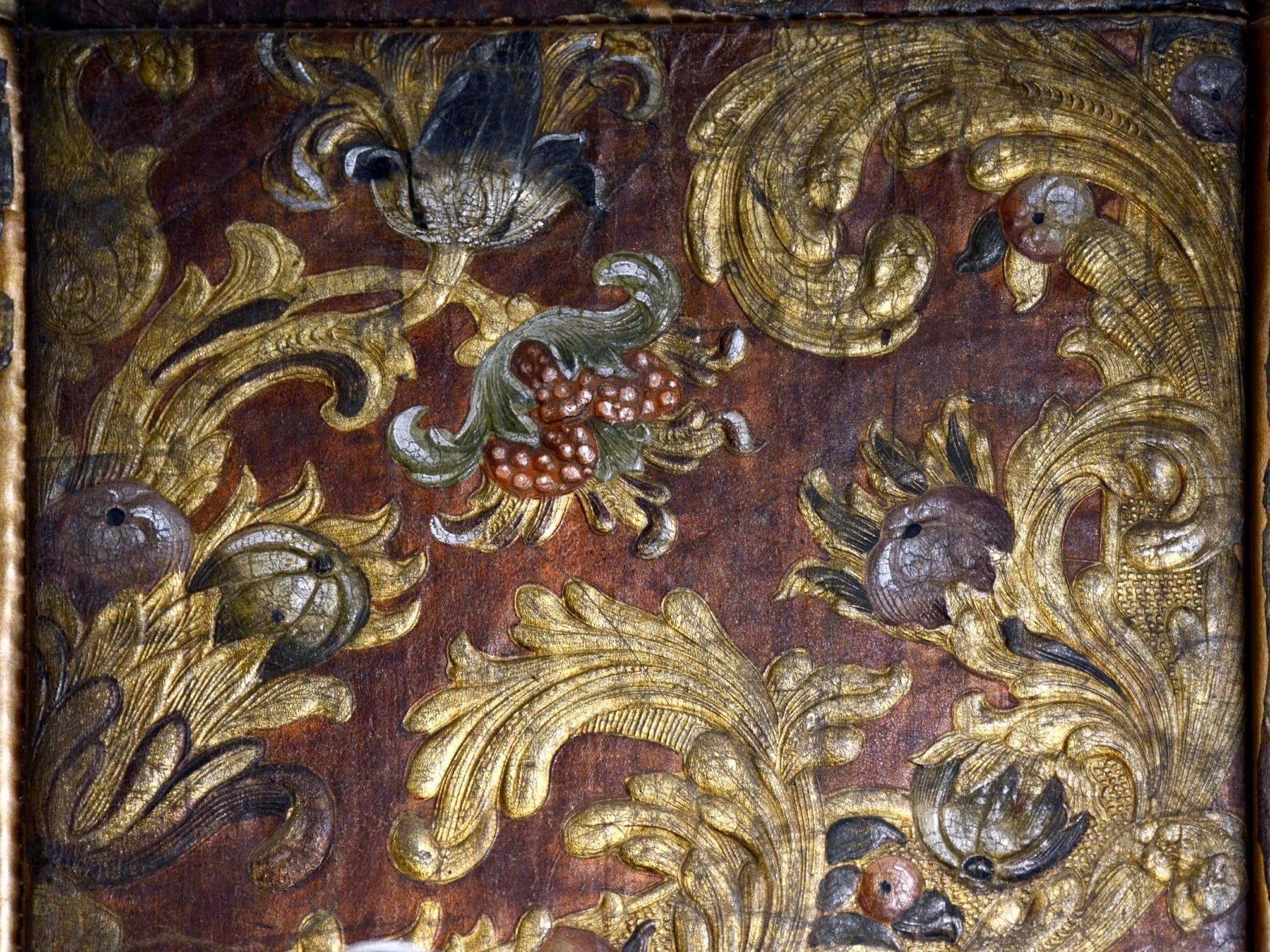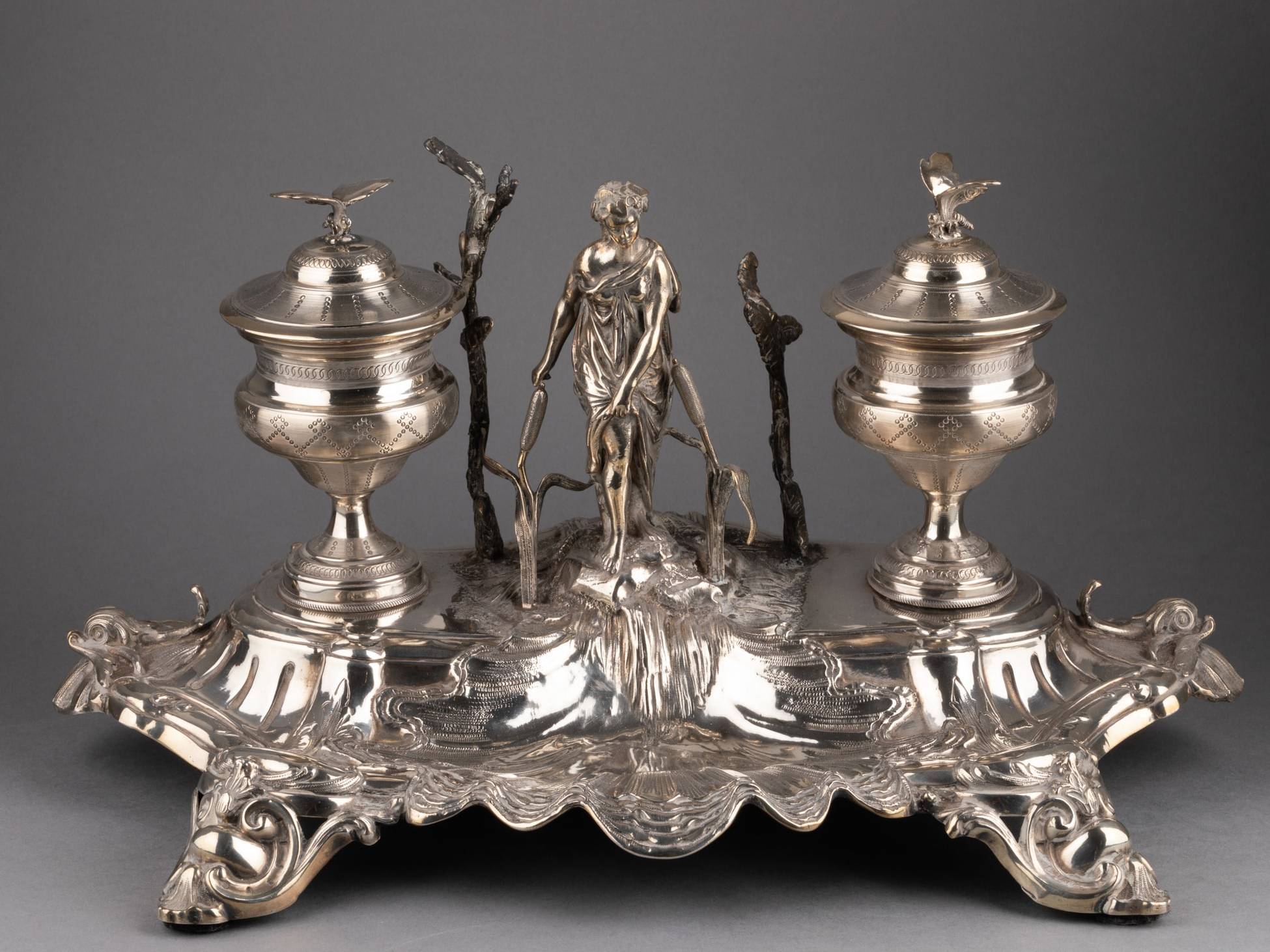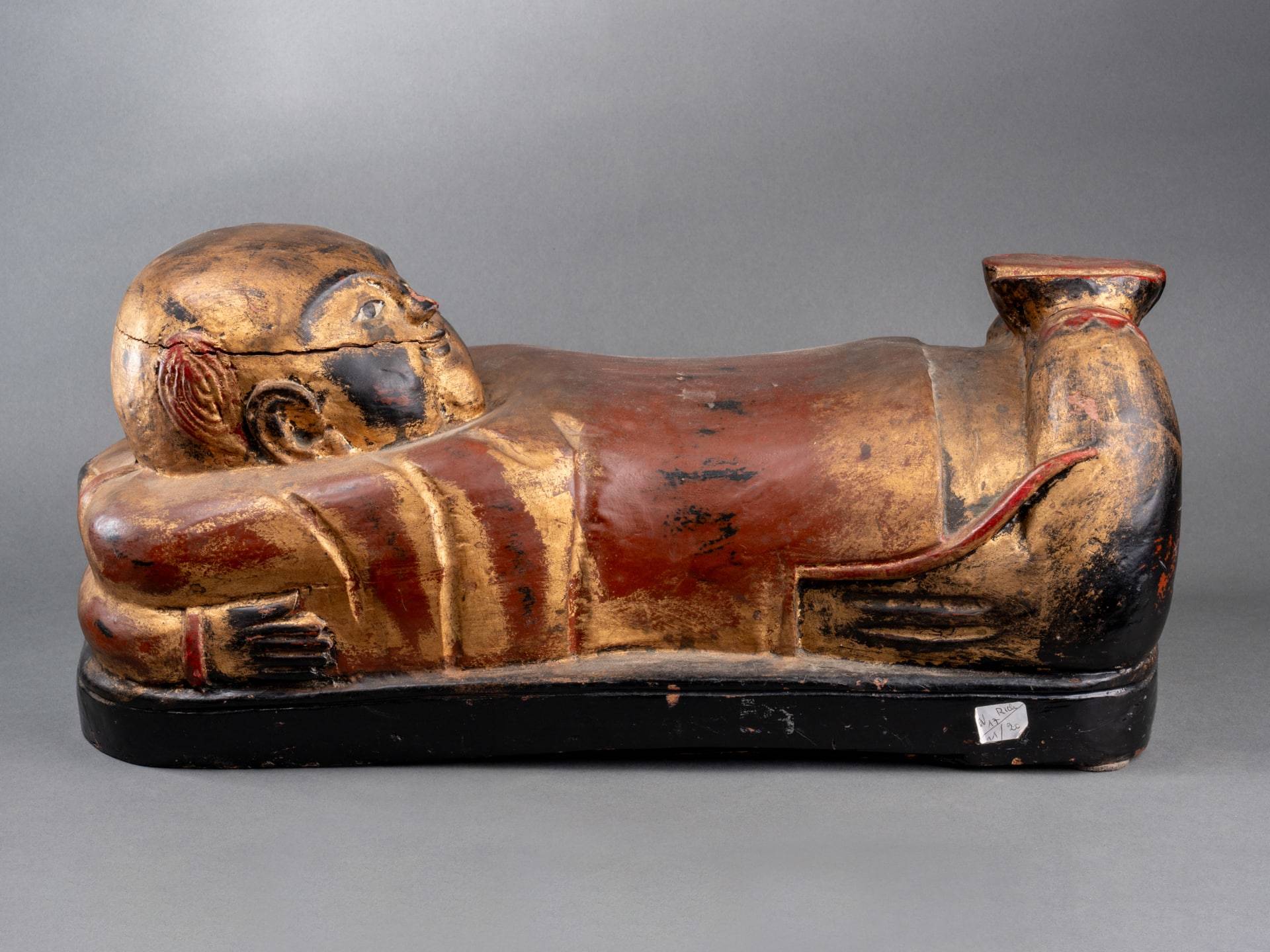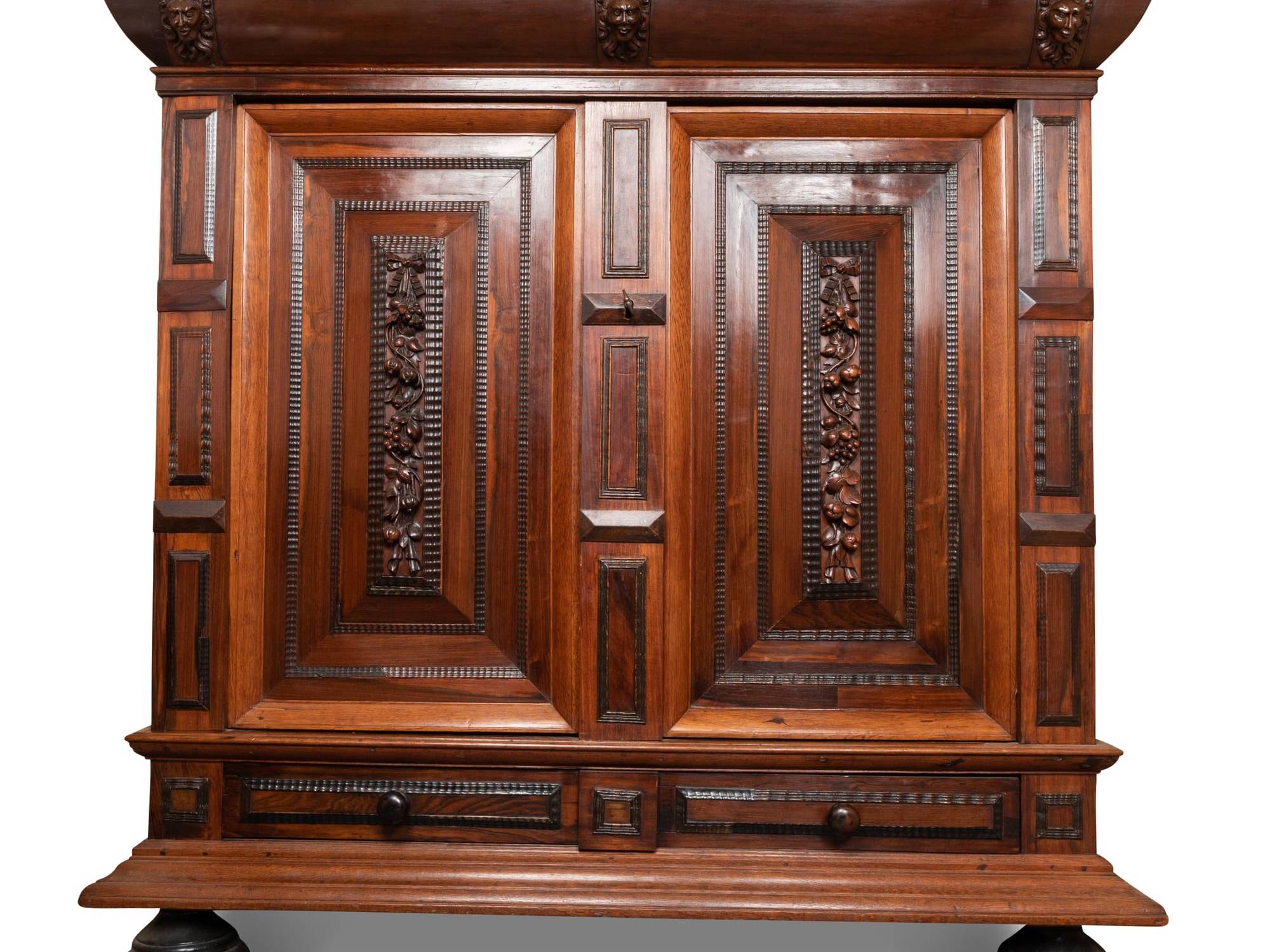Basketry: a Japanese intangible heritage
Basketry is recognized as one of the eight traditional Kogei Gijutsu crafts of Japanese intangible heritage. Japan’s special attention to craftsmanship defines arts protected by a know-how transmitted from master to pupil and most often from parent to child. Some masters who have achieved a very high degree of mastery of their art are awarded the title of Living National Treasure, in the same way as certain objects displayed in museums. What they have in common is their ability to transmit over time a heritage, an aesthetic or a piece of history and, in the case of the craftsman, a technical gesture.
Bamboo basketry is one of these protected crafts and its importance in Japanese society inspired both graphic art and metal art. Our company is a witness to that.
Bamboo has always been used in Japanese folk craftsmanship. Its profusion in the archipelago, its exceptional flexibility and resistance, not to mention its value as a philosophical symbol (because bamboo grows around emptiness) make it a humble and beautiful material, without ostentation or pretension, suitable for both Japanese crafts and art objects.

An aesthetics of simplicity
It would be futile to think that a Westerner appreciates art in the manner of a Japanese. The very concept defining Japanese aesthetics is in every way far removed from the European taste for the representation of form. Japanese taste considers the existence of nothing and, in this sense, attributes to it a considerable place as a revelation of what is. This aesthetic known as Wabi Sabi contains in these two terms the essence of a concept that modern westernized society only moderately appreciates.
Wabi designates simplicity, contemplative solitude, nobility of the essential or nature, imperfection and asymmetry. Sabi refers to the slow and inexorable passage of time, to the patina but also to dust, to slight breaks, to objects and men damaged, wrinkled, aged. The combination of these two terms awakens an idea of imperfect, modest and unostentatious beauty. A beauty whose first quality is that it is not new and without wisdom. The Wabi Sabi honours time and its imprint and turns away from the brilliance (too dazzling and deceptive?) of novelty.
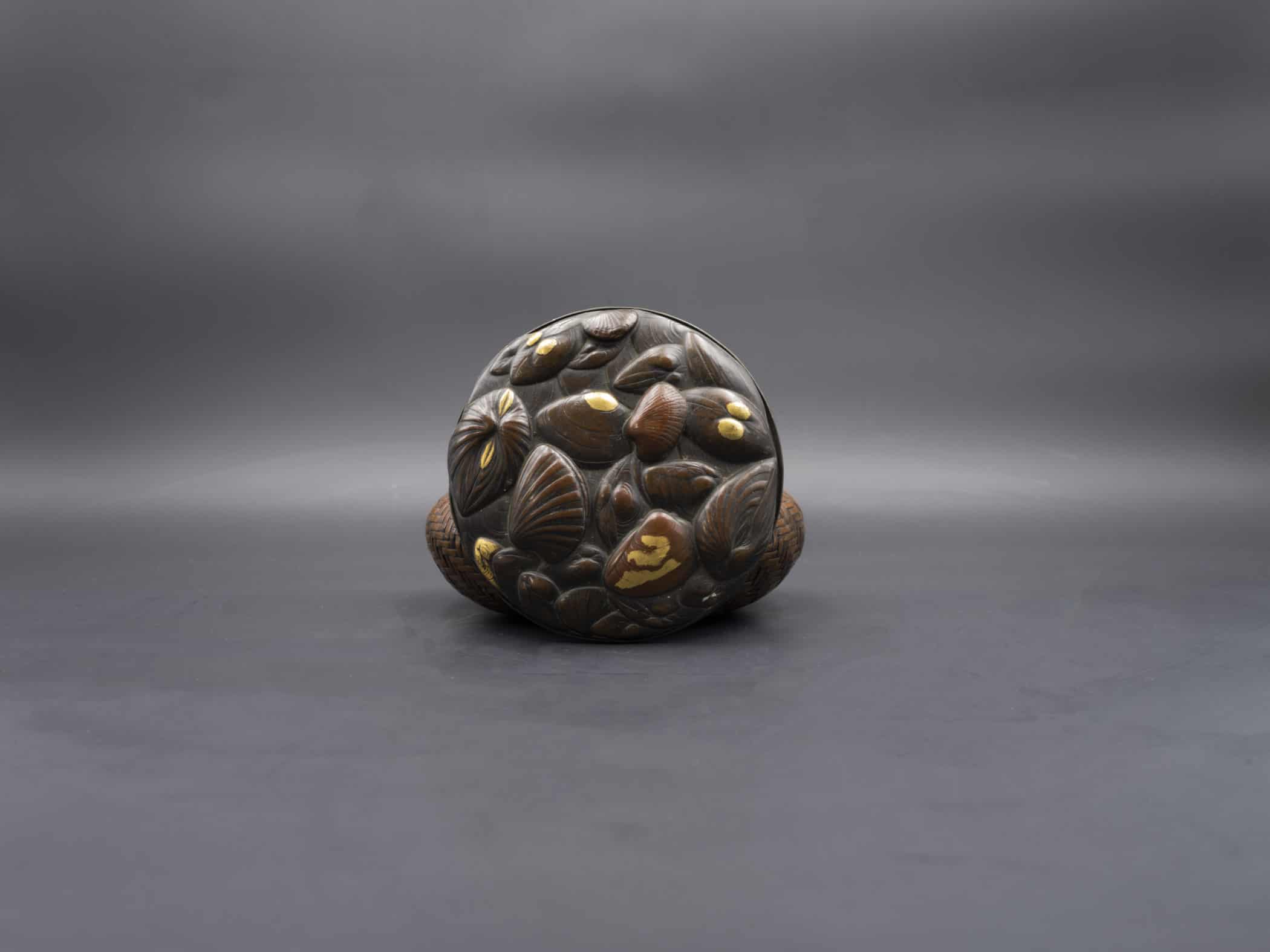
Our copper wickerwork box is part of this discreet and silent aesthetic. The interlacing of copper – a humble, popular and unpretentious metal – evokes the work of bamboo, while the shells on the lid, barely gilded, are a reminder of the bamboo baskets of Japanese fishermen.
The inside of this box has lost some of its lacquer and that is all the more appreciable. The slightly uneven lid may have been uneven since its inception. No doubt if the shape had been perfect or if the craftsman had preferred bronze or more gilding, the object would have been insipid. Its Wabi Sabi aesthetic makes it a poetic ode to one of the most delicate Japanese aesthetics.
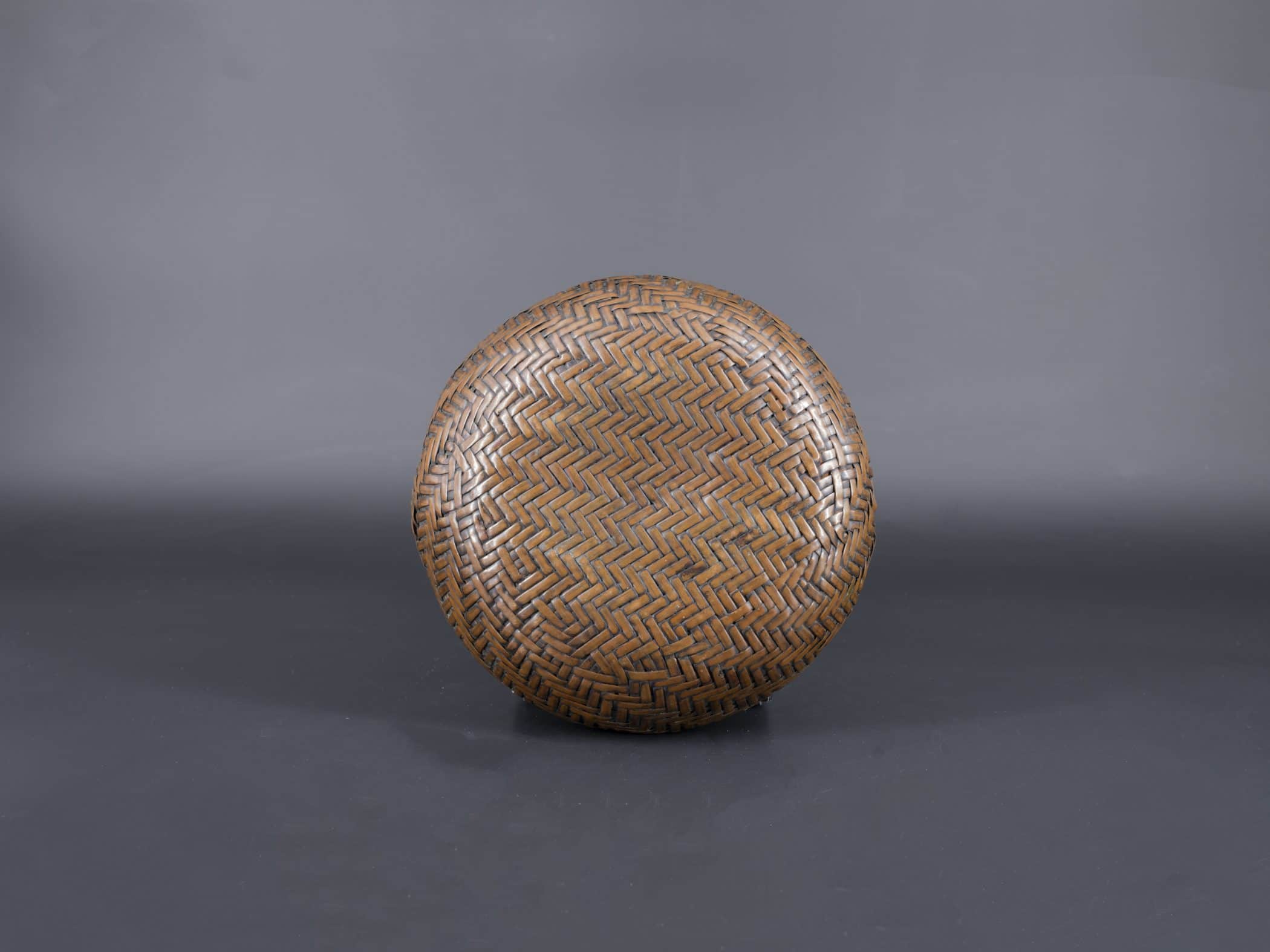
Marielle Brie
Art Historian for Art Market and Cultural Media
Author of the blog Objets d’Art et d’Histoire
Autres ressources et documentations
29 March 2024
A Micro-mosaic Grand Tour Cross
An emblematic art of the Grand Tour, micro-mosaics rival painting in its most refined productions.
19 March 2024
The Cordoba Leather or Gilded Leather
This famous leather gave its letters of nobility to Spanish production drawing generously on oriental know-how known since Antiquity.
6 February 2024
A Solid Silver Inkwell, 1860 – 1890
This solid silver inkwell is a true sculpture in itself.
4 December 2023
Chinese Opium Den Pillow, 19th Century
A surprising object to our Western eyes, Chinese rigid pillows have long been preferred to their fabric counterparts.
22 November 2023
Georges Clémenceau (1841 – 1929) Bust
A major politician and major cultural figure, Georges Clémenceau encounters both the First World War and the representatives of an art freed from the codes of the Academy.
19 August 2023
The Ribbank Dresser
An emblematic piece of Dutch furniture, the ribbank was also a powerful symbol of social success in the 17th century.

